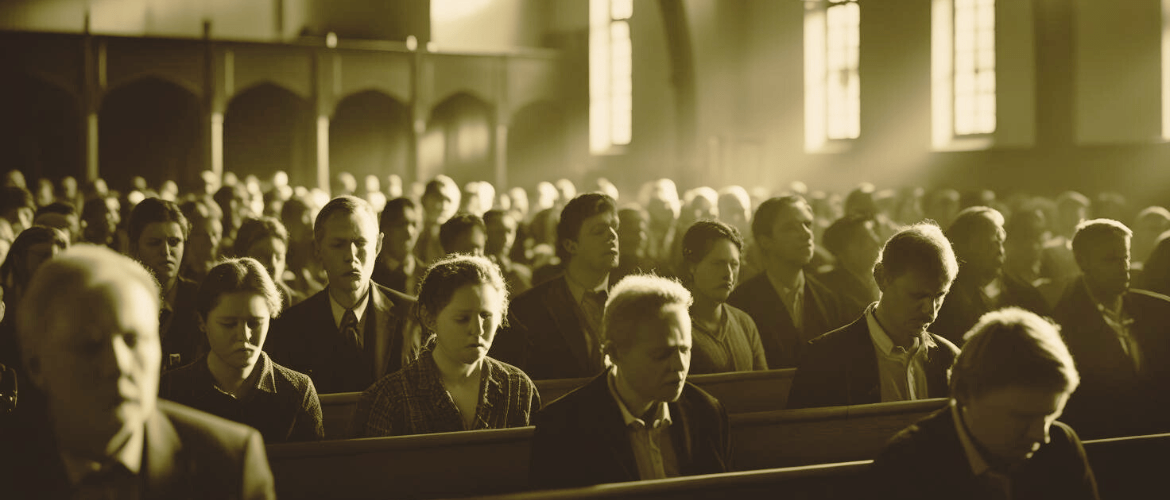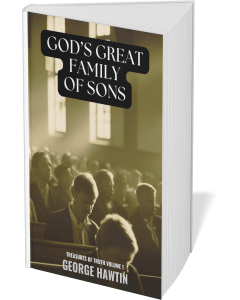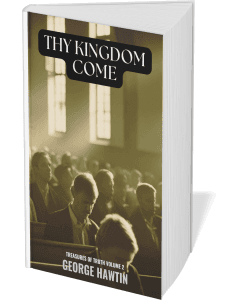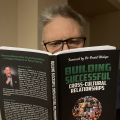Revival movements rarely begin in places that make headlines. In 1948, one of the most controversial and influential waves of modern Pentecostal history began not in a cathedral or a megachurch, but in a modest Bible school in North Battleford, Saskatchewan. What came to be called the Latter Rain Movement reshaped worship, introduced prophetic ministry, and left fingerprints on today’s Charismatic and Pentecostal landscape.
Latter Rain Movement A Church at a Crossroads
(Latter Rain Movement) The late 1940s were a season of transition for Pentecostalism. After the explosive Azusa Street revival of 1906 and the spread of Pentecostal churches worldwide, many congregations had settled into denominational patterns. The Pentecostal Assemblies of Canada (PAOC), much like its American counterparts, had established colleges, church structures, and doctrinal boundaries.
For some, however, the fire seemed to be cooling. Routines replaced spontaneity, and the hunger for fresh outpourings of the Spirit burned in the hearts of a new generation. It was in this climate that George Hawtin, a Bible college president in Saskatoon, became restless.
George Hawtin and the Spark at North Battleford
(Latter Rain Movement) Hawtin, along with his brother Ern and fellow teacher P.G. Hunt, left their positions in Saskatoon after disagreements with denominational leadership. With a group of students and supporters, they established the Sharon Orphanage and Schools in North Battleford.
In February 1948, after a season of fasting and prayer, students and faculty began to experience powerful spiritual manifestations: prophetic words, healings, new songs, and what they believed to be restored New Testament practices. The centerpiece was the laying on of hands with prophecy, which they taught was a biblical method of imparting spiritual gifts and commissioning ministries.
The atmosphere was electric. Visitors carried the message beyond Saskatchewan, and soon word spread of a “new revival” that was stirring hearts across North America.
What Made the Latter Rain Movement Distinct
The movement’s teachings and practices stood out from mainstream Pentecostalism of the time. Among the key emphases were:
- Fivefold Ministry Restored: Apostles, prophets, evangelists, pastors, and teachers were believed to be re-emerging as vital roles in the church.
- Personal Prophecy: Believers were encouraged to seek and receive direct prophetic words of encouragement and direction.
- Laying on of Hands: Seen not just as symbolic, but as a means of impartation of gifts and commissioning for ministry.
- Dynamic Worship: Singing in the Spirit, spontaneous songs, and prophetic choruses replaced rigid hymnals.
- Unity of the Body: A vision that denominational barriers would be broken down as the Spirit united believers.
For many, this was not just revival—it was a reintroduction of the book of Acts into daily church life.
Latter Rain Movement Controversy and Criticism
(Latter Rain Movement) The excitement was not universally welcomed. By 1949, the Pentecostal Assemblies of Canada officially condemned Latter Rain Movement teachings, warning against what they saw as unbiblical practices, doctrinal imbalance, and unhealthy independence from church authority. Similar statements were issued by the Assemblies of God in the United States.
Critics argued that personal prophecy could lead to spiritual abuse, that apostles and prophets would undermine local church pastors, and that emotional excess was being mistaken for the Spirit’s work. As a result, many Latter Rain leaders and churches found themselves outside mainstream Pentecostal fellowship.
Latter Rain Movement Lasting Influence
While the organized Latter Rain Movement eventually lost momentum, its ideas never disappeared. Instead, they filtered into other streams of renewal:
The Charismatic Movement of the 1960s and 70s adopted prophetic ministry, singing in the Spirit, and free worship.
Modern worship movements (from vineyard choruses to contemporary praise music) echo the spontaneous singing and prophetic songs birthed in 1948.
The concept of fivefold ministry is foundational in many Apostolic and Prophetic networks today.
The idea that God can speak personally and immediately remains a hallmark of Charismatic spirituality worldwide.
In many ways, the modern landscape of Pentecostal and Charismatic Christianity—prophetic conferences, apostolic networks, lively worship—is unthinkable without the seeds planted in North Battleford.
Lessons for Today about the Latter Rain Movement
(Latter Rain Movement) The Latter Rain of 1948 may feel like distant history, but the questions it raised are timeless. Every generation of believers faces the same tension: do we settle into comfortable patterns, or do we remain open to God moving in fresh and sometimes unsettling ways?
George Hawtin and the North Battleford revivalists reminded the church of a simple truth—God is not finished speaking. He still calls ordinary men and women to extraordinary faith. He still gifts His people, not for private experiences, but to build up the whole body.
(Latter Rain Movement) Of course, with freedom and renewal comes the need for discernment. The warnings of 1949 remind us that zeal must be tempered with wisdom, and that spiritual experiences are never a replacement for sound teaching and humility. Yet without hunger, without expectation, the church risks becoming little more than a museum of what God once did.
Maybe that’s the most enduring lesson of the Latter Rain: revival is never tidy, but it is always vital. The Spirit falls where people are desperate enough to pray, bold enough to believe, and humble enough to receive. And whether in 1948 or today, that kind of hunger is the soil where new life grows.





